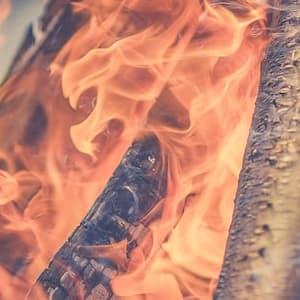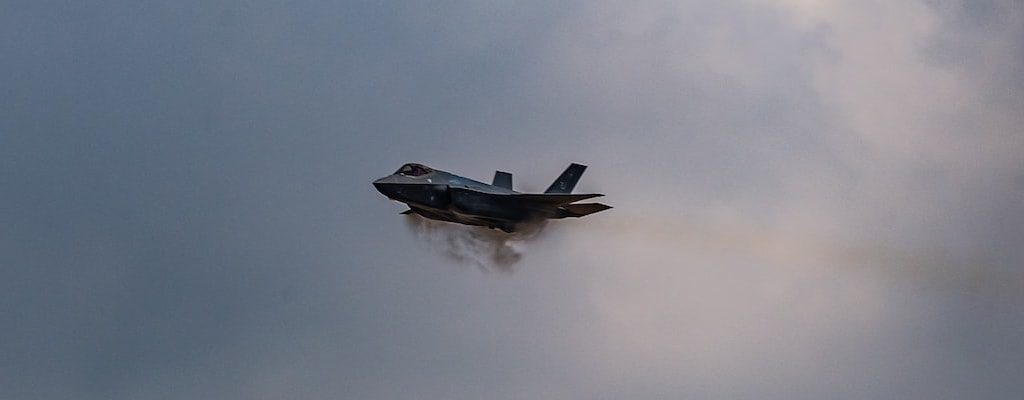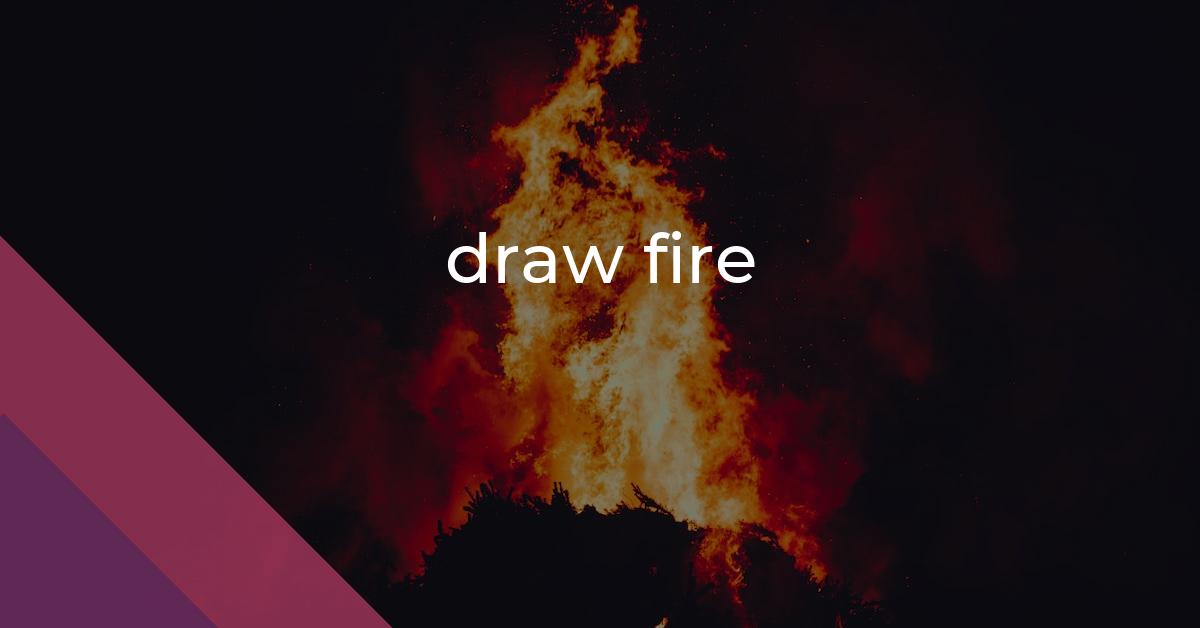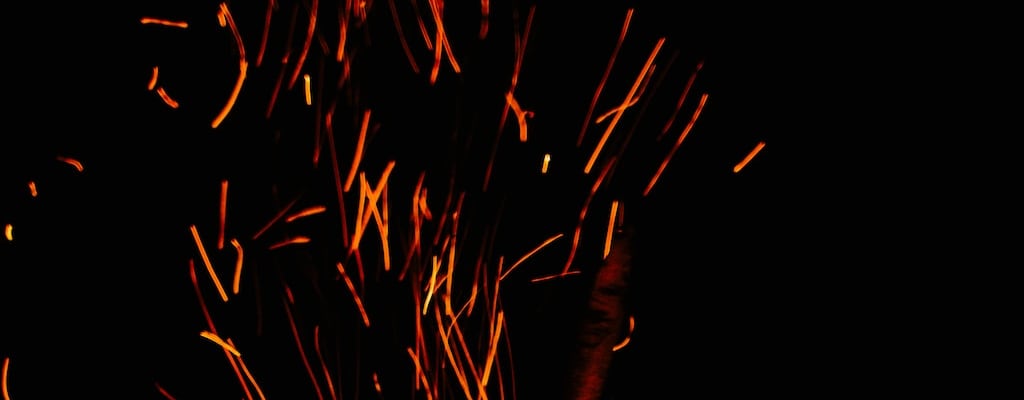draw fire: Idiom Meaning and Origin
What does ‘draw fire’ mean?
In idiomatic use, "draw fire" means to attract criticism or negative attention. This metaphorical phrase originates from the idea of drawing enemy fire in a military context where soldiers put themselves in danger to distract attention from their comrades.

Idiom Explorer
The idiom "open fire" means to start shooting or attacking someone with firearms or weapons.
The idiom "fire in anger" means to shoot a weapon or discharge ammunition with the intention of causing harm or expressing frustration and hostility.
The idiom "draw the short straw" means to be chosen or assigned for an undesirable task or outcome, typically due to bad luck or random selection.
The idiom "draw the long bow" means to exaggerate or stretch the truth excessively. It is often used to describe someone who tells implausible or unbelievable stories.
The idiom "draw the line" means to set a limit or establish a boundary beyond which one is unwilling to go or accept.
The idiom "draw one's last breath" means to die or to take one's final breath before passing away.
The idiom "draw off" means to remove or extract a liquid or substance from a container or source. It can also refer to diverting someone's attention or focus away from something.
The idiom "drawing card" refers to something or someone that attracts a large audience or customers.
The idiom "draw in" means to cause someone to become involved in a situation or to attract someone's attention. It can also refer to the shortening of daylight hours during the fall and winter seasons.
The idiom "draw even" means to reach a state of equal or balanced competition or progress.
Decoding 'Draw Fire' Meaning
The idiom "draw fire" has its origin from battlefield tactics. It carries a figurative meaning and is commonly used in both military and civilian contexts. It is used to describe a situation where someone or something attracts criticism, opposition, or hostility.
The term "fire" within the idiom refers to literal gunfire or attacks, symbolizing the negative attention or disapproval directed towards the subject. In military sense, it refers to diverting enemy fire towards oneself, protecting comrades or occupying forces. This tactic can draw attention away from vulnerable units or strategic positions, limiting enemy damage.
In a civilian context, the idiom is often used to describe situations where individuals or entities become the focus of criticism or hostility. It suggests that through their actions, statements, or positions, they have attracted negative attention and are facing the consequences. It is applicable when individuals knowingly take controversial or unpopular stances, voluntarily putting themselves in the line of fire.
The idiom "draw fire" is widely used in various forms of media and conversations. It appears frequently in news articles, opinion columns, and everyday language. Its usage is not limited to a specific region or social group, making it a common and accessible phrase for different demographics.
The versatility of the idiom allows it to be used in various scenarios. It can describe an individual facing criticism for a controversial statement or a company facing backlash for a controversial product or decision. Essentially, it captures the idea of being in the spotlight of negativity and facing the consequences of one's actions.
While the idiom "draw fire" has a clear and widely accepted meaning, its application may vary depending on the context and specific circumstances. The phrase offers a concise and powerful way to describe situations where someone or something attracts criticism, opposition, or hostility. It provides a vivid imagery based on military tactics, illustrating the idea of being the target of negative attention or disapproval.
Using the idiom "draw fire" naturally within the text, we can explore its connection to related idioms: "open fire", "fire in anger", and "catch fire". The idiom "open fire" is often used to describe a situation where someone begins to shoot or attack, while "fire in anger" refers to someone launching an attack as a result of anger or frustration. On the other hand, "catch fire" can mean both literally starting a fire or figuratively becoming successful or popular.
When we consider the idiom "draw fire" in relation to "open fire", it suggests that by attracting negative attention or inviting criticism, individuals or entities may provoke others to attack or respond aggressively. Just as one who opens fire first in a battle attracts the attention of the enemy, drawing their fire, those who draw fire with their actions or positions may incite others to react.
Similarly, when we connect the idiom "draw fire" to "fire in anger", it raises the idea that the negative attention or criticism garnered by an individual or entity can stem from the anger or frustration of others. By taking controversial stances or making provocative statements, they invite others to express their anger or frustration, thereby drawing fire towards themselves.
Lastly, when relating "draw fire" to "catch fire", it suggests that by attracting negative attention and facing criticism or hostility, individuals or entities can also become more prominent or successful. Just as something that catches fire becomes noticeable or spreads, those who draw fire may find themselves in the spotlight, gaining attention and potentially becoming more influential.
The idiom "draw fire" is a widely used phrase that describes a situation where someone or something attracts criticism, opposition, or hostility. Its origins lie in military tactics, specifically the act of diverting enemy fire towards oneself. The idiom has application in both military and civilian contexts, and it is commonly employed to describe situations where individuals or entities intentionally subject themselves to negative attention or disapproval. This idiom can be connected to related idioms such as "open fire", "fire in anger", and "catch fire", highlighting the ways in which drawing fire can provoke aggressive responses, stem from the anger or frustration of others, and potentially lead to increased prominence or success.
Example usage
Examples of how the idiom *draw fire* can be used in a sentence:
- During the press conference, the controversial statement made by the politician drew fire from the media.
- The company's decision to raise prices has drawn fire from customers.
- His outspoken views on social issues often draw fire from critics.
The idiom *draw fire* is used metaphorically to describe a situation where someone or something attracts criticism, opposition, or negative attention. In each of the examples, the subject's actions or statements serve as a catalyst for receiving backlash or negative feedback from others. The phrase implies a figurative drawing of enemy fire, suggesting that the subject becomes a target or focus of criticism.
More "Military" idioms



